Dapsone Alternative Selector
Select Your Condition
Select Patient Factors
Quick Takeaways
- Dapsone is the first‑line drug for leprosy and specific skin disorders.
- Rifampicin and Clofazimine are the most common partners in multidrug therapy for leprosy.
- Minocycline and Tetracycline are useful for acne, rosacea, and some inflammatory skin conditions.
- Side‑effect profiles differ: Dapsone causes hemolysis in G6PD‑deficient patients, while Rifampicin can trigger liver enzyme elevations.
- Cost and availability vary widely; generic Dapsone is inexpensive, whereas Clofazimine can be pricey.
Choosing the right medication often feels like solving a puzzle-each piece represents efficacy, safety, cost, and patient lifestyle. When doctors talk about Dapsone versus other agents, they’re weighing a drug that’s been around since the 1940s against newer or more specialized alternatives. This guide breaks down the science, the practicalities, and the real‑world outcomes so you can see which drug fits which scenario.
Dapsone is a synthetic sulfone antibiotic that works by inhibiting dihydropteroate synthase, interfering with folate synthesis in bacteria and certain parasites. It also has anti‑inflammatory properties that make it useful for non‑infectious skin disorders. First approved for leprosy, Dapsone today treats dermatitis herpetiformis, certain types of pneumocystis pneumonia prophylaxis, and a handful of dermatologic conditions.
How Dapsone Works and When It’s Used
The drug’s dual action-antibacterial and anti‑inflammatory-explains its niche. In leprosy, Dapsone slows Mycobacterium leprae replication, allowing the immune system to catch up. For dermatitis herpetiformis, its anti‑inflammatory effect reduces the itchy, blistering rash triggered by gluten sensitivity.
Typical adult dosing for leprosy is 100 mg daily, while dermatologic doses range from 50 mg to 200 mg, depending on severity. Because Dapsone can cause oxidative stress in red blood cells, patients with glucose‑6‑phosphate dehydrogenase (G6PD) deficiency are at risk for hemolytic anemia. Regular blood counts are therefore a must during therapy.
Top Alternatives and Their Core Characteristics
The most common substitutes fall into two categories: other leprosy agents and broader dermatologic antibiotics. Below is a snapshot of each, followed by a detailed comparison table.
Rifampicin is a rifamycin antibiotic that blocks bacterial RNA synthesis. It’s a cornerstone of multidrug therapy (MDT) for leprosy and also treats tuberculosis, meningitis, and some staphylococcal infections.
Clofazimine is a phenazine dye with anti‑mycobacterial and anti‑inflammatory activity. It’s primarily used in combination with Dapsone and Rifampicin for multibacillary leprosy.
Minocycline is a tetracycline‑class antibiotic that inhibits protein synthesis. Dermatologists prescribe it for acne, rosacea, and certain inflammatory dermatoses.
Tetracycline shares a similar mechanism with Minocycline but has a different side‑effect profile, making it a viable alternative for patients who cannot tolerate Minocycline.
Comparison Table: Dapsone and Four Frequently Used Alternatives
| Attribute | Dapsone | Rifampicin | Clofazimine | Minocycline | Tetracycline |
|---|---|---|---|---|---|
| Mechanism | Inhibits folate synthesis; anti‑inflammatory | Blocks RNA polymerase | Disrupts bacterial membrane & anti‑inflammatory | Inhibits 30S ribosomal subunit | Inhibits 30S ribosomal subunit |
| Primary Indications | Leprosy, dermatitis herpetiformis, PCP prophylaxis | Leprosy MDT, TB, bacterial meningitis | Leprosy MDT (multibacillary) | Acne vulgaris, rosacea, anti‑inflammatory dermatoses | Acne, rosacea, mild infections |
| Typical Adult Dose | 50‑200 mg daily | 600 mg twice weekly (MDT) or 300 mg daily (TB) | 100 mg daily | 100 mg twice daily | 250‑500 mg four times daily |
| Common Side Effects | Hemolysis (G6PD), methemoglobinemia, rash | Liver enzyme rise, orange urine, GI upset | Skin discoloration, GI upset, photosensitivity | Dizziness, vertigo, hyperpigmentation | Photosensitivity, GI upset, tooth discoloration |
| Cost (US, 2025) | $0.05‑$0.15 per tablet (generic) | $0.10‑$0.30 per tablet | $2‑$4 per tablet (often brand‑only) | $0.40‑$0.70 per tablet | $0.30‑$0.60 per tablet |
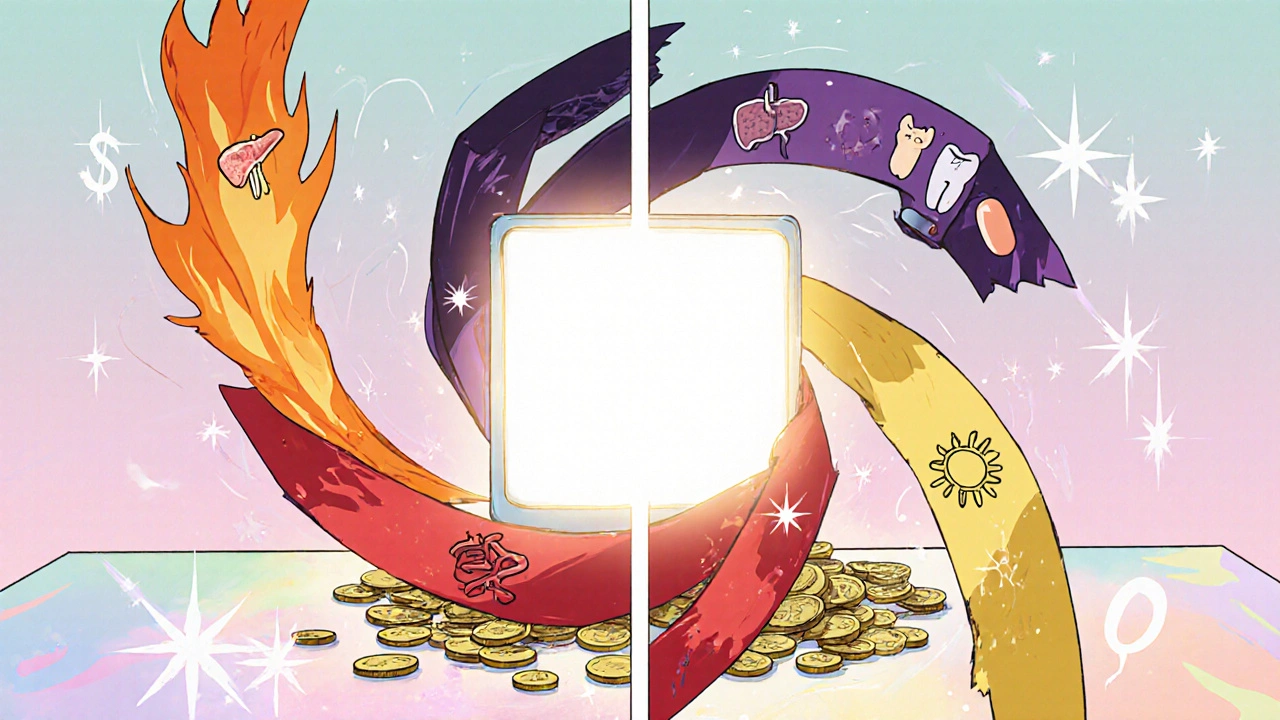
When to Prefer Dapsone Over the Alternatives
If your primary goal is leprosy eradication, Dapsone remains essential because it targets the organism’s folate pathway-a target not covered by Rifampicin or Clofazimine. In dermatitis herpetiformis, Dapsone’s rapid anti‑inflammatory effect often outpaces the slower response you’d get from a tetracycline.
Patients who can tolerate the drug and have normal G6PD activity usually experience fewer systemic side effects than those on Rifampicin, which can cause hepatic strain, especially when combined with other hepatotoxic agents.
Cost is another decisive factor: generic Dapsone is one of the cheapest prescription drugs on the market, making it attractive for long‑term maintenance therapy.
When an Alternative Might Be a Better Fit
Rifampicin shines in multidrug regimens that need a fast‑acting bactericidal component. If a patient shows resistance or intolerance to Dapsone, swapping in Rifampicin (along with another partner drug) can preserve therapeutic efficacy.
Clofazimine is the go‑to for multibacillary leprosy when skin discoloration is acceptable and the patient can bear the higher price tag. Its anti‑inflammatory effect also helps with severe skin lesions that Dapsone alone can’t control.
For acne or rosacea, Minocycline and Tetracycline offer direct anti‑bacterial activity against Cutibacterium acnes and anti‑inflammatory benefits without the hemolysis risk that Dapsone carries.
Practical Decision‑Making Checklist
- Confirm diagnosis: leprosy, dermatitis herpetiformis, or a dermatologic condition?
- Check G6PD status if considering Dapsone.
- Assess liver function before starting Rifampicin.
- Consider patient’s tolerance for skin discoloration when thinking about Clofazimine.
- Match the infection’s bacterial profile: Mycobacterium spp. vs. Cutibacterium acnes.
- Factor in cost and insurance coverage.
- Set up monitoring schedule: CBC for Dapsone, LFTs for Rifampicin, skin exams for Clofazimine.
Common Pitfalls and How to Avoid Them
Pitfall 1: Starting Dapsone without a G6PD test. Solution-order a quantitative G6PD assay first; if deficient, choose an alternative.
Pitfall 2: Ignoring drug interactions. Rifampicin induces cytochrome P450 enzymes, lowering levels of many concurrent meds (e.g., oral contraceptives). Always review the patient’s medication list.
Pitfall 3: Skipping liver monitoring for Rifampicin. Schedule baseline and monthly LFTs for the first three months.
Pitfall 4: Overlooking Clofazimine’s impact on quality of life. Discuss the potential for dark skin patches before prescribing.
Future Directions and Emerging Therapies
Researchers are exploring new agents like oxazolidinones for resistant leprosy, but none have yet surpassed the proven efficacy of the Dapsone‑Rifampicin‑Clofazimine trio. In dermatology, biologics targeting IL‑17 and IL‑23 are making waves for severe acne and psoriasis, offering steroid‑sparing alternatives for patients who can’t tolerate classic antibiotics.
Bottom Line Summary
When you’re weighing options, the key difference often comes down to Dapsone versus the other agents. Dapsone offers unparalleled cost‑effectiveness and a unique anti‑inflammatory edge, but it demands careful screening for G6PD deficiency and regular blood work. Rifampicin and Clofazimine complement Dapsone in leprosy regimens, while Minocycline and Tetracycline fill the gap for common skin infections where Dapsone isn’t indicated.
Frequently Asked Questions
Can I take Dapsone if I have a mild G6PD deficiency?
Even a mild deficiency can trigger hemolysis. The safest route is to avoid Dapsone altogether and pick an alternative like Minocycline or Rifampicin, after consulting your physician.
How long does it take for Dapsone to improve dermatitis herpetiformis symptoms?
Most patients notice a reduction in itching and rash within 1-2 weeks of starting therapy, though full remission may take up to a month.
Is clofazimine covered by most insurance plans?
Coverage varies. Because clofazimine is often brand‑only and more expensive, some plans classify it as a specialty drug, requiring prior authorization.
What monitoring is required for patients on Rifampicin?
Baseline liver function tests (ALT, AST, bilirubin) are essential, followed by monthly checks for the first three months, then every three months thereafter.
Can Dapsone be used for acne?
Off‑label use exists, especially for inflammatory acne resistant to tetracyclines, but the risk of hemolysis makes it a second‑line choice after evaluating G6PD status.
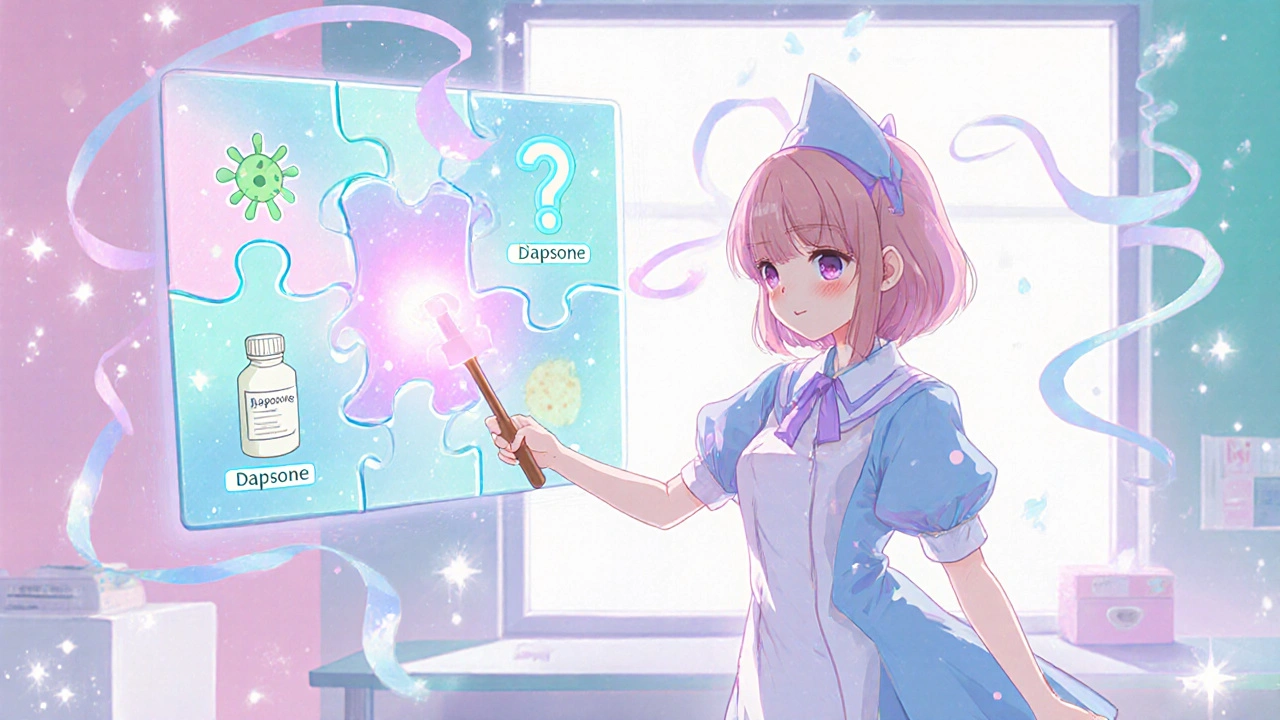
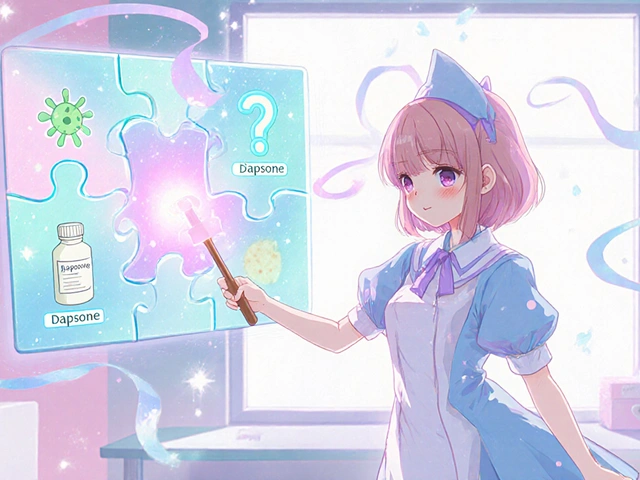
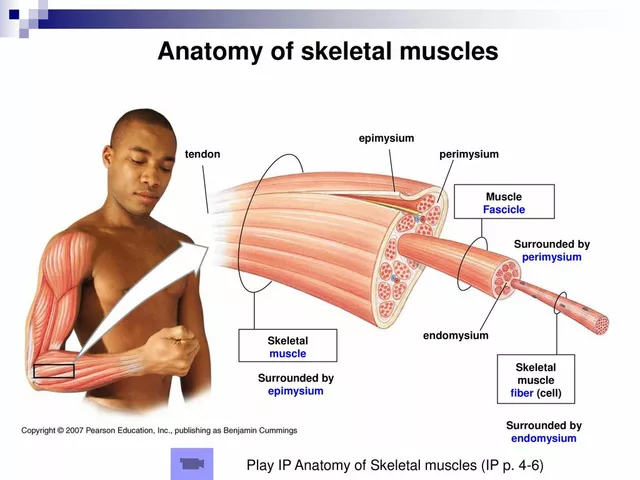
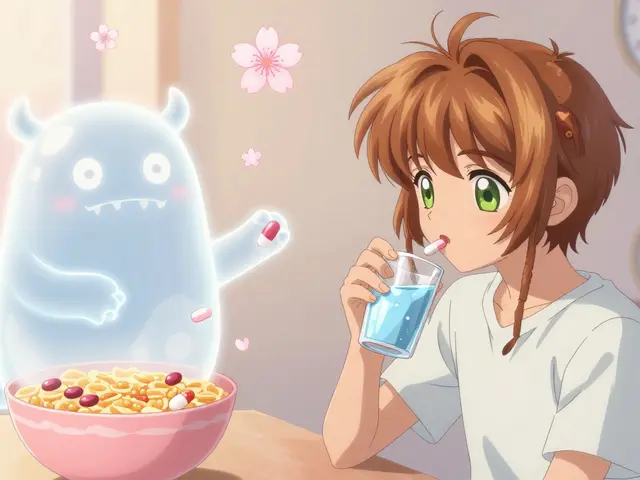
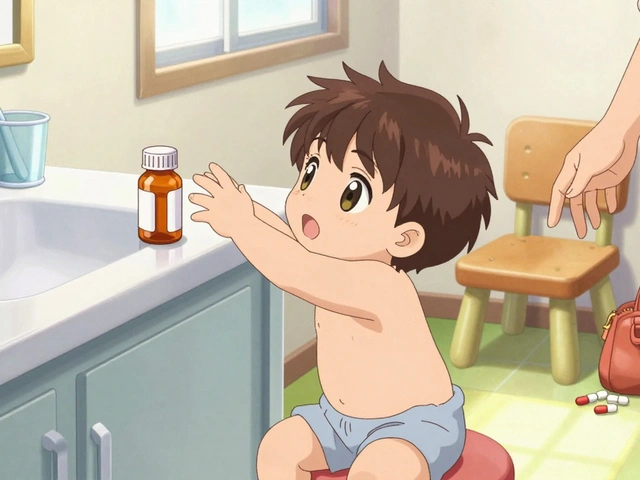

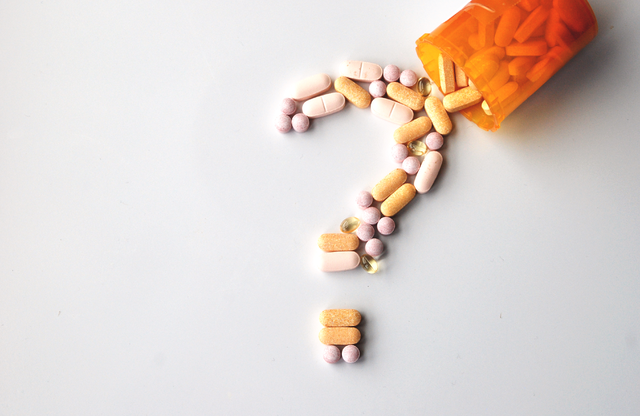

Linda A October 18, 2025
In the grand tapestry of pharmacology, Dapsone sits like a quiet muse, offering both cure and caution. Its legacy stretches back to the forties, yet its relevance endures, especially when we weigh the scales of cost and effect. While the drama of side‑effects can loom, the understated elegance of a cheap tablet often wins the day.
Joe Moore October 26, 2025
Yo, have you ever thought that the pharma giants are secretly swapping Dapsone for some mind‑control nanobots? I mean, they push Rifampicin while whispering “stay away from the cheap one” – sounds like a plot, right? And don’t even get me started on the “side‑effects” they list, definetly not the whole story! Keep yo eyes open, fam.
Ayla Stewart November 3, 2025
The information provided is quite thorough and helps clarify when Dapsone is appropriate. It is useful to see the checklist at the end for quick reference. Monitoring blood counts and liver function as suggested aligns with standard practice. Overall, a solid summary for clinicians.
Poornima Ganesan November 11, 2025
Dapsone’s dual mechanism of action places it uniquely at the intersection of antimicrobial and anti‑inflammatory therapy. Because it inhibits folate synthesis, it remains effective against Mycobacterium leprae, a fact that newer agents simply cannot replicate. Moreover, the drug’s anti‑inflammatory properties are especially valuable in dermatitis herpetiformis, where rapid symptom relief is paramount. Critics often overlook the importance of cost, yet generic Dapsone costs pennies per tablet, outperforming most of its branded counterparts in affordability. The risk of hemolysis in G6PD‑deficient patients is real, but it is manageable with proper screening and routine CBC monitoring. In contrast, Rifampicin, while potent, induces cytochrome P450 enzymes, leading to numerous drug‑drug interactions that complicate polypharmacy. Clofazimine’s notorious skin discoloration, though aesthetically concerning, may be acceptable for patients with severe multibacillary leprosy who need a bactericidal partner. Minocycline and Tetracycline, on the other hand, are primarily suited for acne and rosacea and lack the specific activity against mycobacterial species. The pharmacokinetic profile of Dapsone, with its long half‑life, supports once‑daily dosing, enhancing adherence compared to multiple daily doses of tetracyclines. From a safety standpoint, Dapsone does not require liver function tests unless combined with other hepatotoxic drugs, simplifying outpatient follow‑up. Nevertheless, clinicians must remain vigilant for methemoglobinemia, a rare but serious adverse event that can be mitigated with pulse‑oximetry screening. The combination therapy of Dapsone, Rifampicin, and Clofazimine remains the gold standard for multibacillary leprosy, a regimen supported by decades of WHO data. Emerging oxazolidinones show promise, yet they have not demonstrated superiority over the established trio in large‑scale trials. In resource‑limited settings, the low cost and widespread availability of Dapsone make it indispensable, especially where newer agents are inaccessible. Ultimately, the decision matrix hinges on patient‑specific factors-G6PD status, hepatic function, financial constraints, and disease severity-making Dapsone a versatile cornerstone when used judiciously.
Emma Williams November 20, 2025
Sounds good
Stephanie Zaragoza November 28, 2025
Indeed, the succinct affirmation you offered, "Sounds good", encapsulates a pragmatic endorsement; however, it would be remiss not to acknowledge the underlying complexities, such as pharmacokinetic variability and patient‑specific contraindications, that accompany any therapeutic recommendation, especially when considering agents like Dapsone, which, despite its affordability, demands vigilant monitoring, and thus, a more nuanced discourse is advisable.
James Mali December 6, 2025
Life's a trade‑off, and so is picking a pill-sometimes the cheapest works, sometimes you pay more for peace of mind 😊.
Janet Morales December 14, 2025
Honestly, the whole glorification of Dapsone in this guide is overblown; if you ask me, the side‑effects alone make it a nightmare, and any doctor who pushes it without screaming about its risks is just selling a dangerous illusion.
Tracy O'Keeffe December 22, 2025
Well, let me deconstruct the narrative: Dapsone, the so‑called "budget hero", is merely a relic from the mid‑20th century, a pharmaco‑anachronism that masquerades as a savior while the real saviour lies in novel biologics-yes, the hype is bogus, and the market’s peddling is a circus, lol.